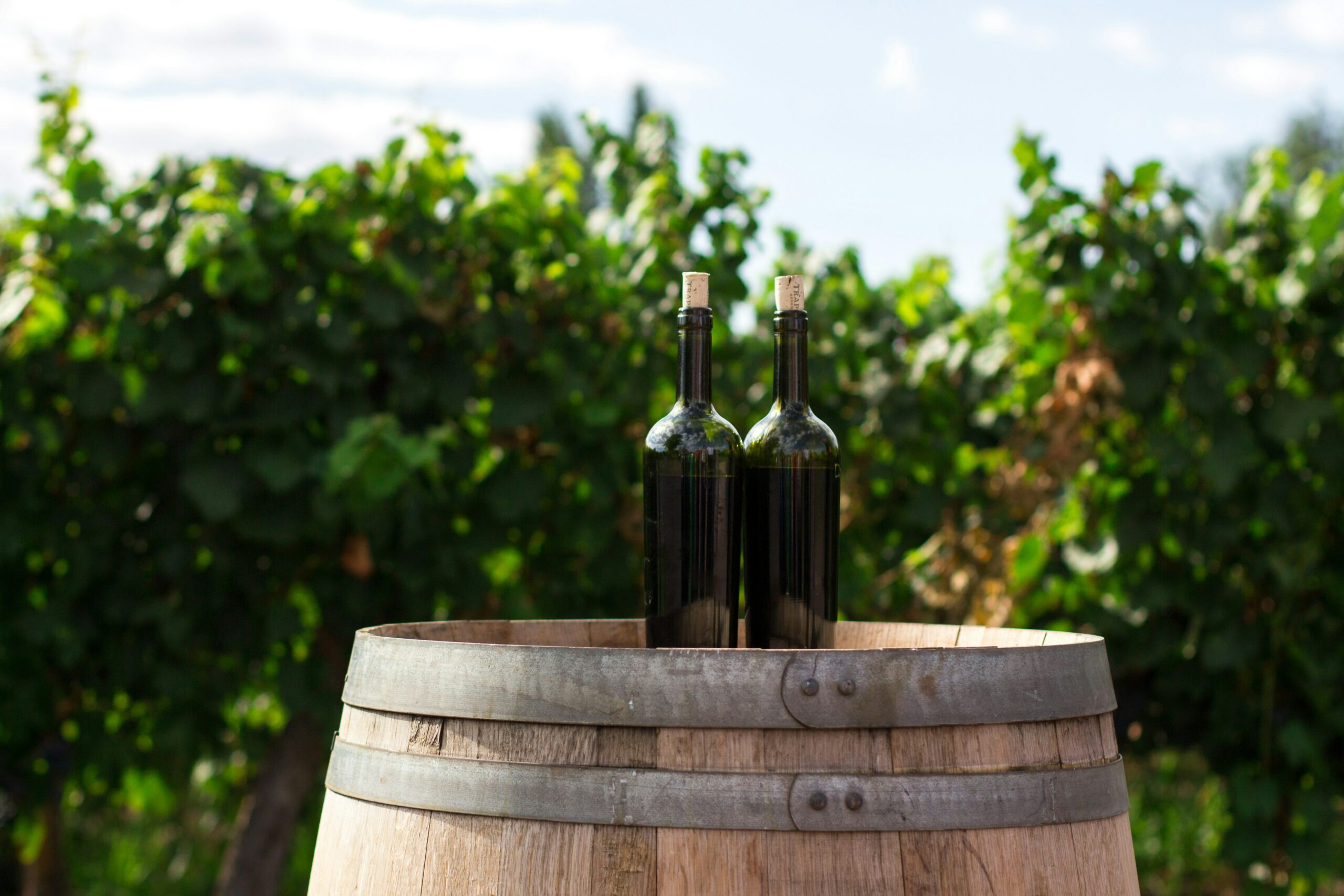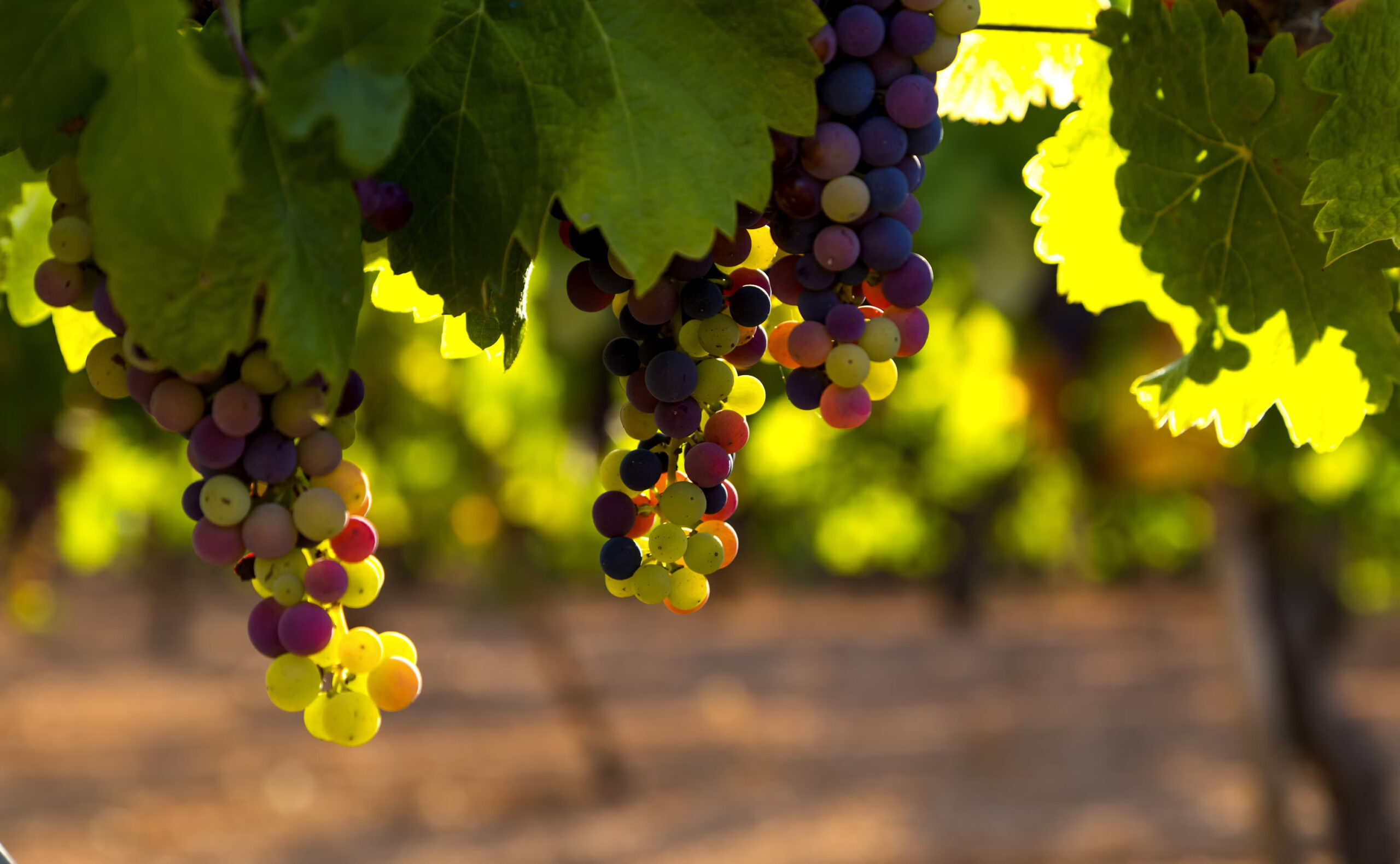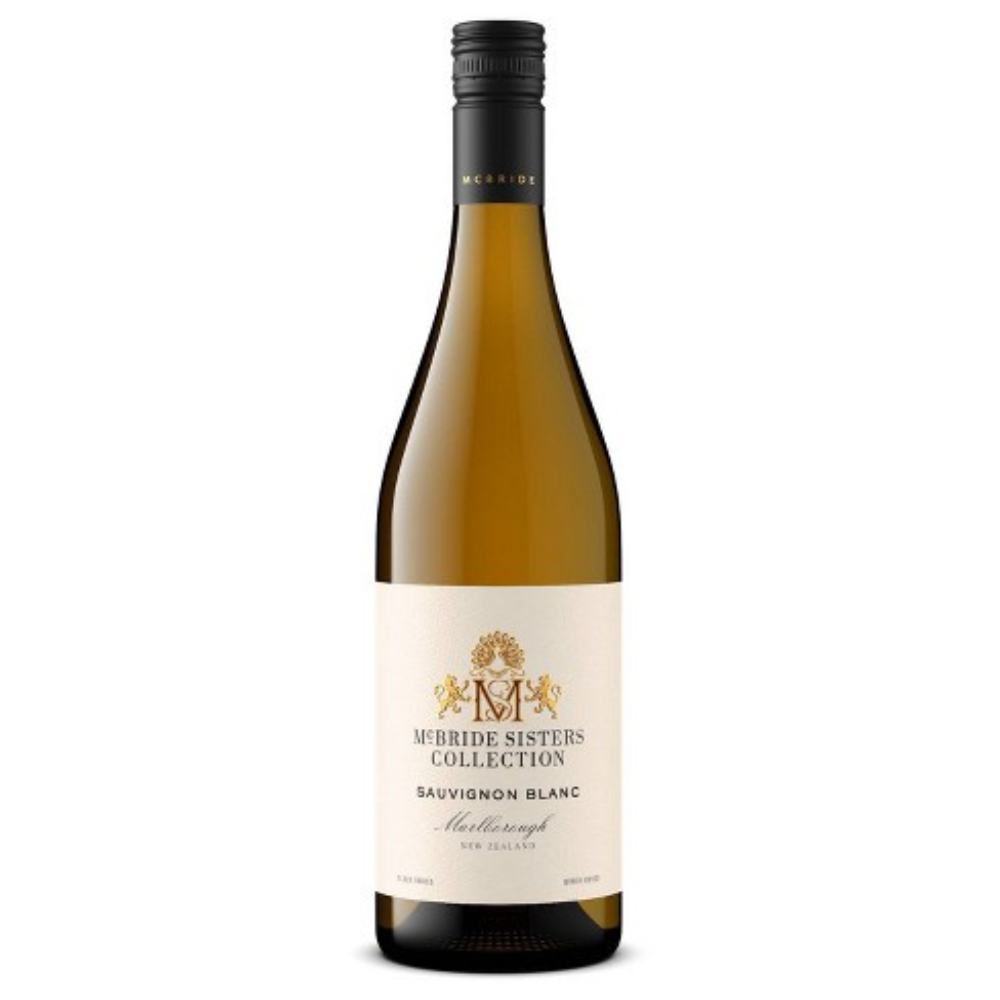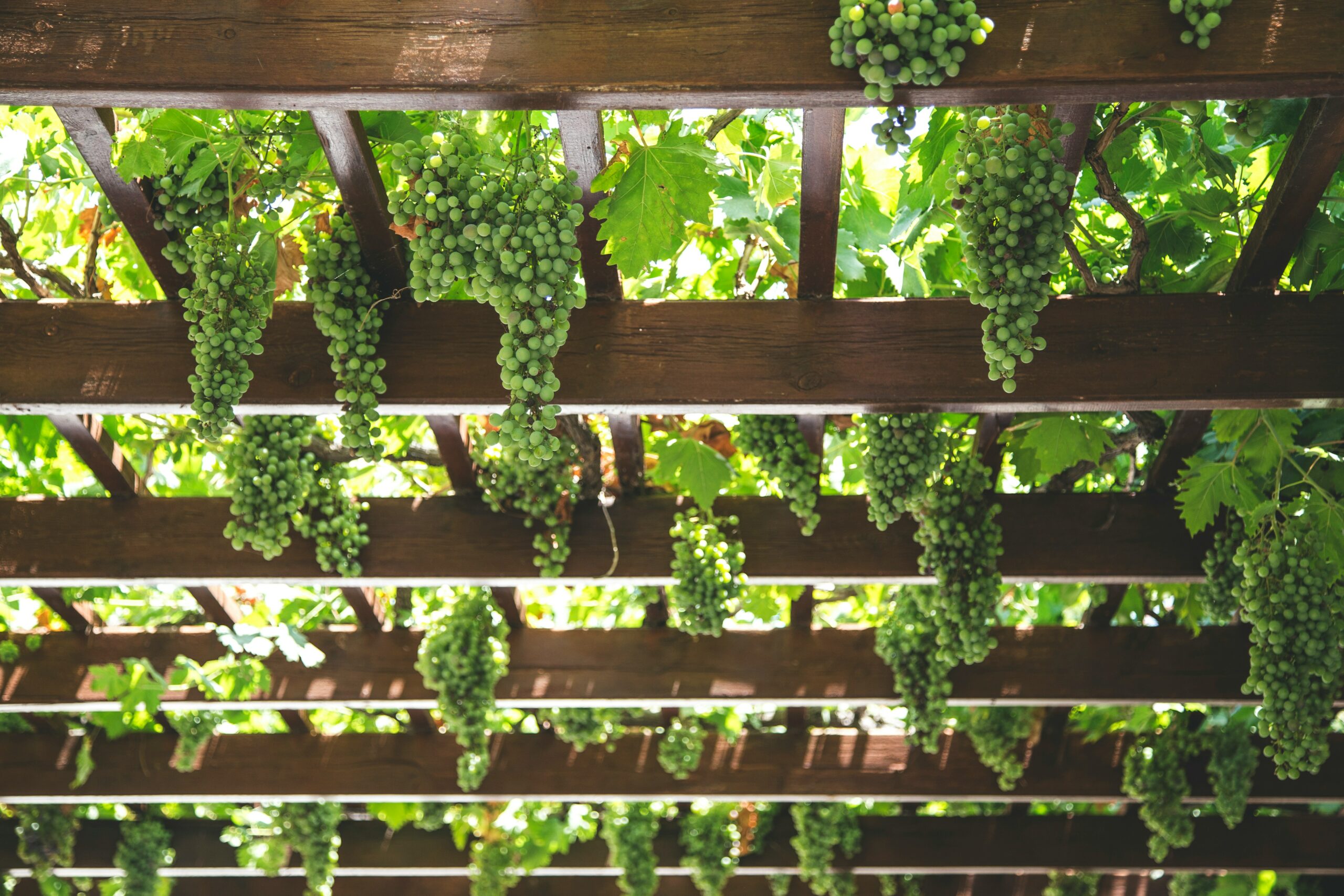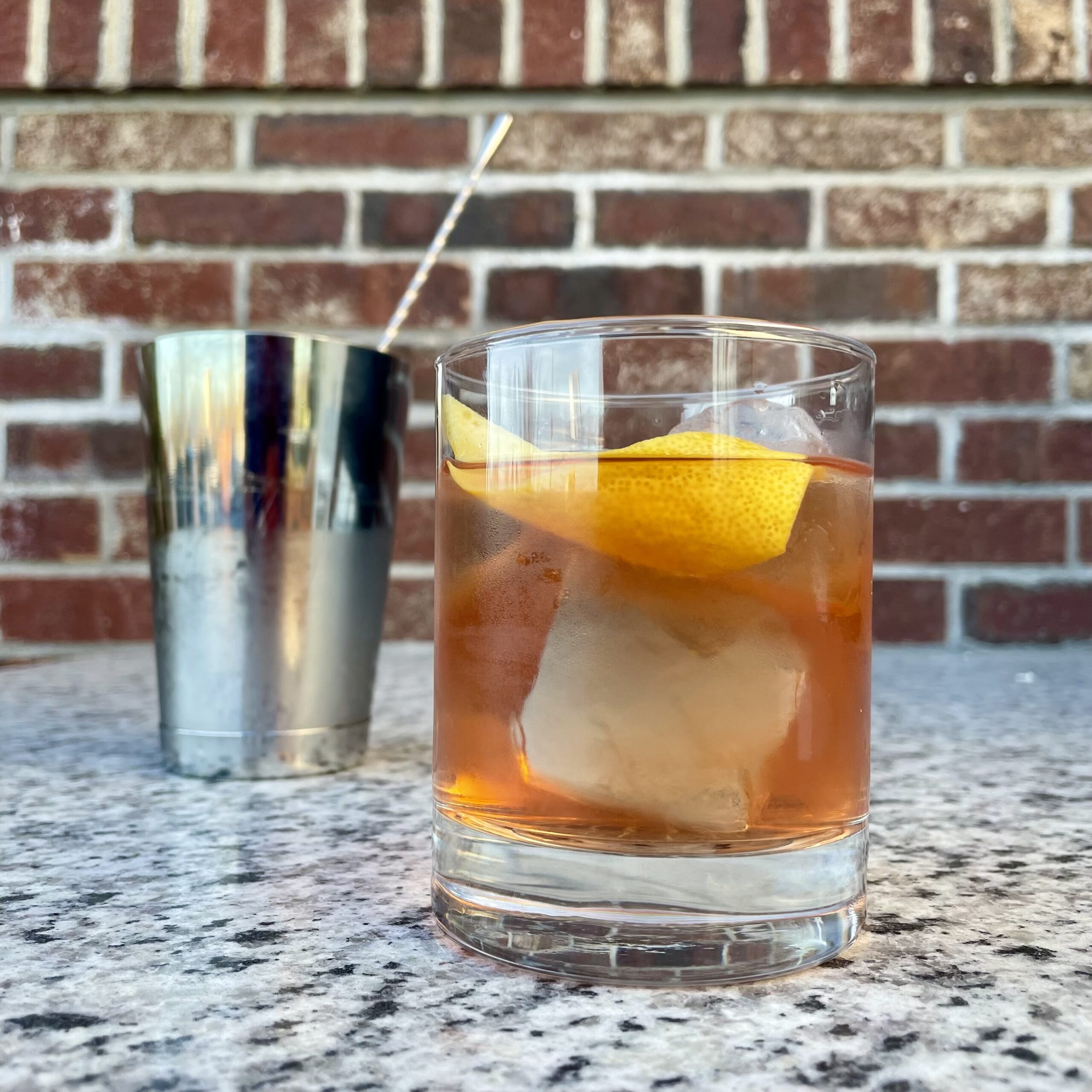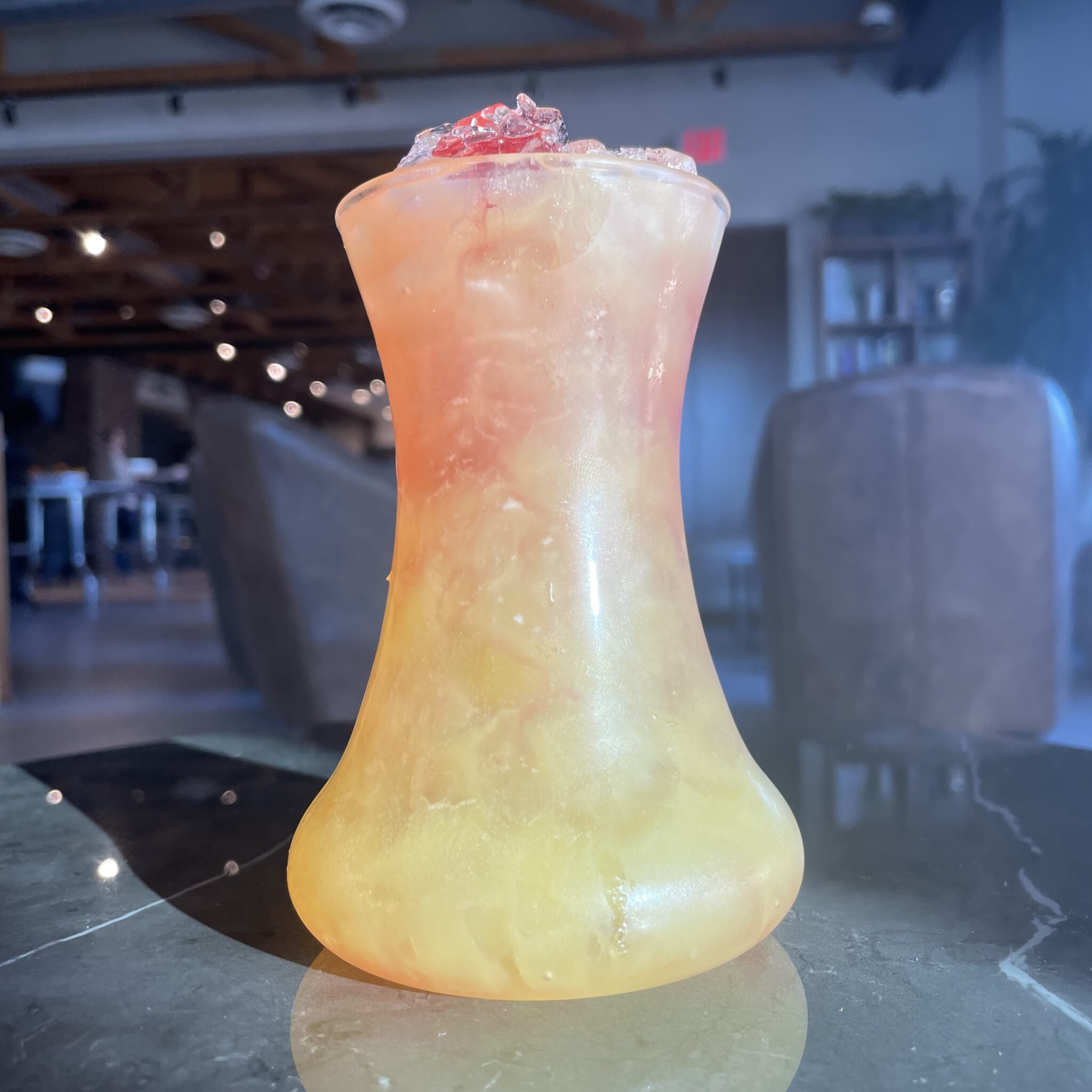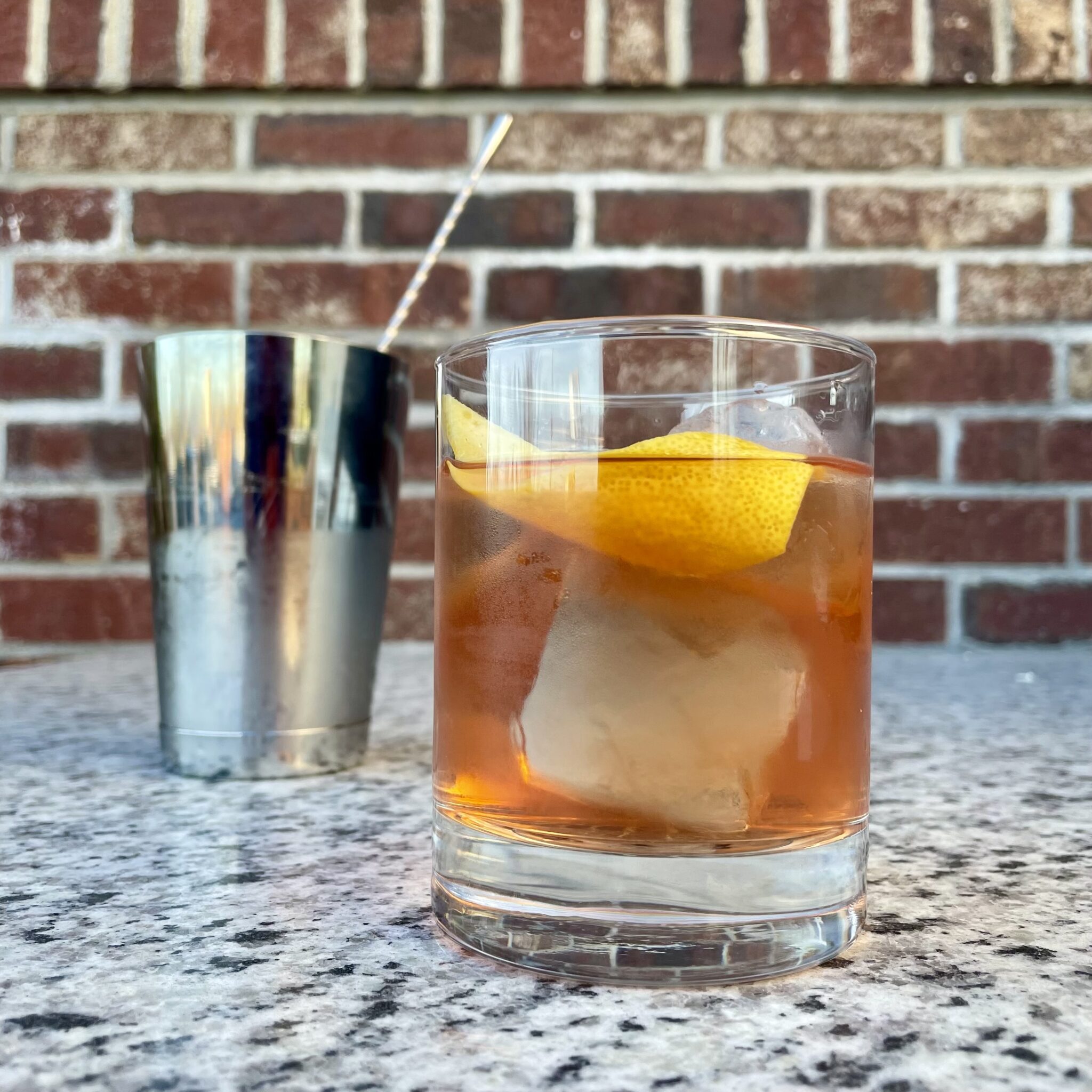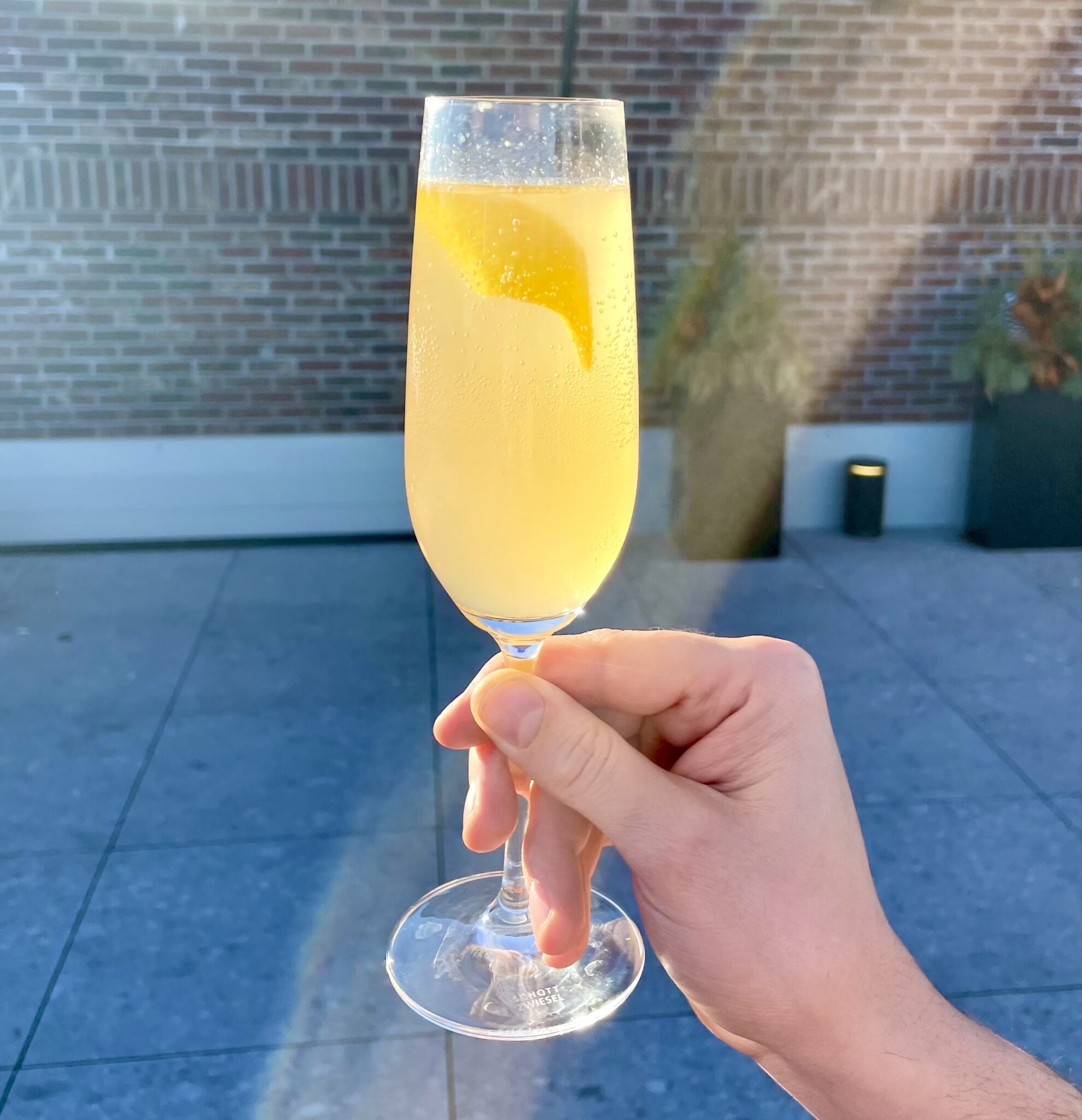
Ty Robinson
Ty (he/him) started his career in the wine and spirits industry 14 years ago right here at France 44! He took some time away to get a Masters in Gastronomy and since, has worked in every facet of the industry, from restaurants to retail. Ty is a Certified Sommelier by the Court of Master Sommeliers of America. He returned to France 44 in the Fall of 2023 and is happy to have been welcomed back. His favorite wines are Chenin Blanc, Syrah and anything from Germany or Austria.
Rosé wine is something that we all know and most of us love. In the last handful of years, rosé has entered its cool kid era. Modern rosé wines are different from generations past in that they are fermented to a dry or just off-dry level of sweetness. Rosé can come from any wine region in the world and can be made from virtually any dark-skinned grape varietal.
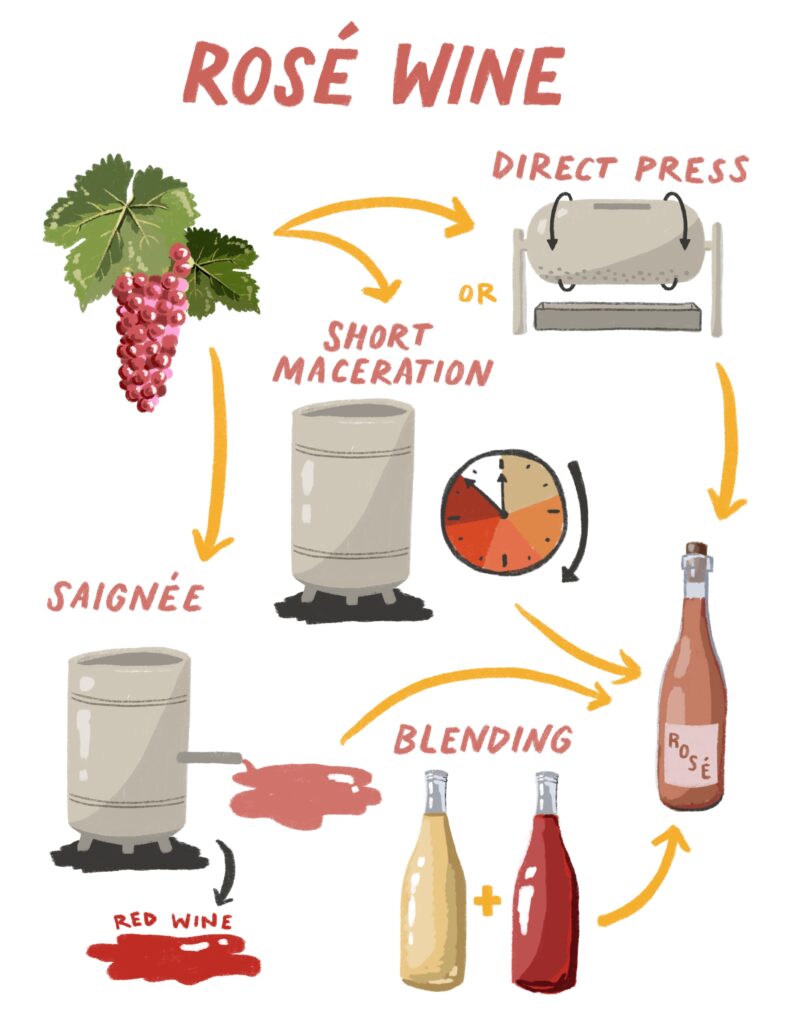 There are three different production methods to create a rosé wine. The first and most common is simply the skin contact, or direct press, method. Once the grapes are crushed, they are allowed to sit on the skins for anywhere between 2-48 hours and in that time the juice picks up the rosé color. The longer the wine sits on the skins the darker the color of the final wine. The second method is the saignée method (French for “too bleed”). This is essentially a byproduct of red wine making, when the winemaker bleeds off a portion of the young ferment to make a rosé with a bit fuller body and more tannin. The final method of rosé production is simply the blending of red and white wines together. This is the least common method as in many regions of the world it is illegal to blend red and white wine together. This method is predominantly seen in Champagne, to produce rosé Champagne.
There are three different production methods to create a rosé wine. The first and most common is simply the skin contact, or direct press, method. Once the grapes are crushed, they are allowed to sit on the skins for anywhere between 2-48 hours and in that time the juice picks up the rosé color. The longer the wine sits on the skins the darker the color of the final wine. The second method is the saignée method (French for “too bleed”). This is essentially a byproduct of red wine making, when the winemaker bleeds off a portion of the young ferment to make a rosé with a bit fuller body and more tannin. The final method of rosé production is simply the blending of red and white wines together. This is the least common method as in many regions of the world it is illegal to blend red and white wine together. This method is predominantly seen in Champagne, to produce rosé Champagne.
Generally speaking, rosé wines are extremely easy to pair with food. The lighter the rosé the lighter the food that should go with it. Something like our Peyrassol La Croix rosé is delightful for sipping on its own or enjoying with a picnic basket by the lake that is full of cheese and charcuterie from the Cheese Shop. For something with a little more body, the Alexander Valley Vineyards Sangiovese Rosé is absolutely delicious this year. It gives off great aromas of guava, raspberry, and mint, with an overlay of strawberry that translates to the palate. It also has a bit more body than the Peyrassol and would stand up to heartier food such as lamb or roasted chicken. The last rosé that we’re excited to pair is the D’Aqueria Tavel Rosé. This is a 2022 vintage rosé, but it is a style that takes a little while to open up and show its true colors and this wine right now is drinking just beautifully. This Tavel rosé is an absolute perfect match for any food, from barbecue to steak and desserts.
You would be hard pressed to find a bad pairing or occasion to drink a bottle of rosé. Our wine team as always is here to help you find the perfect match for whatever event or meal you may be having. You can also just pick a bottle based on your favorite label and still be satisfied with what is in your glass.
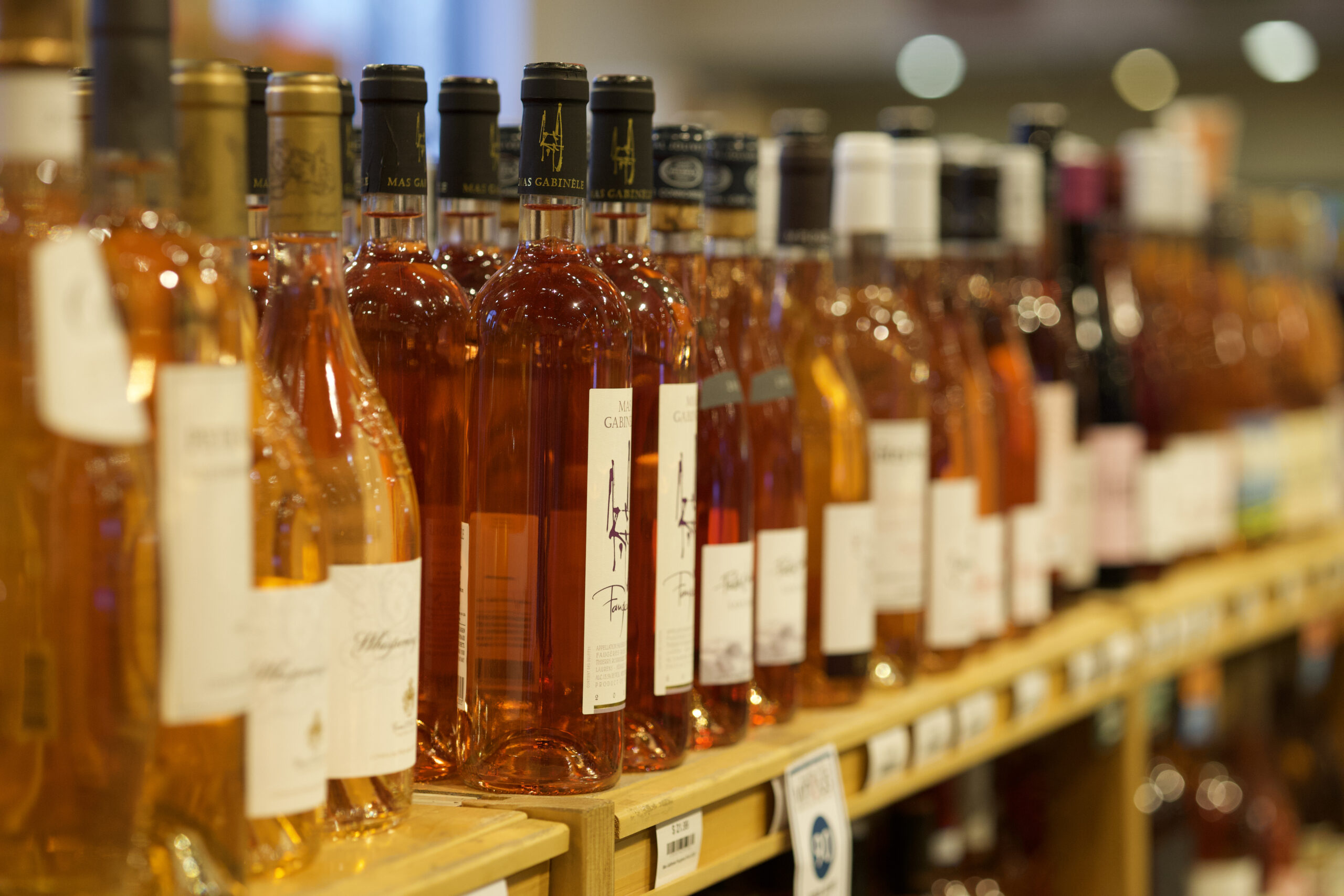
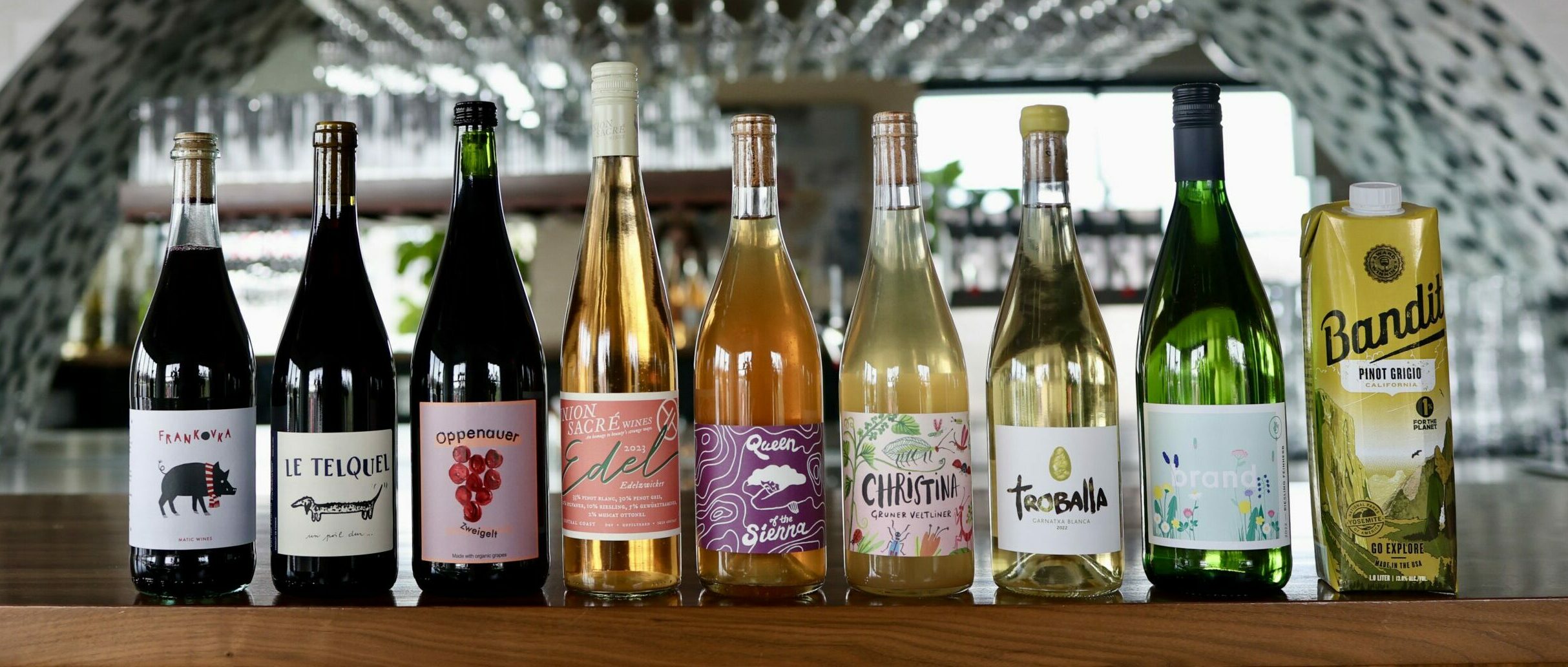
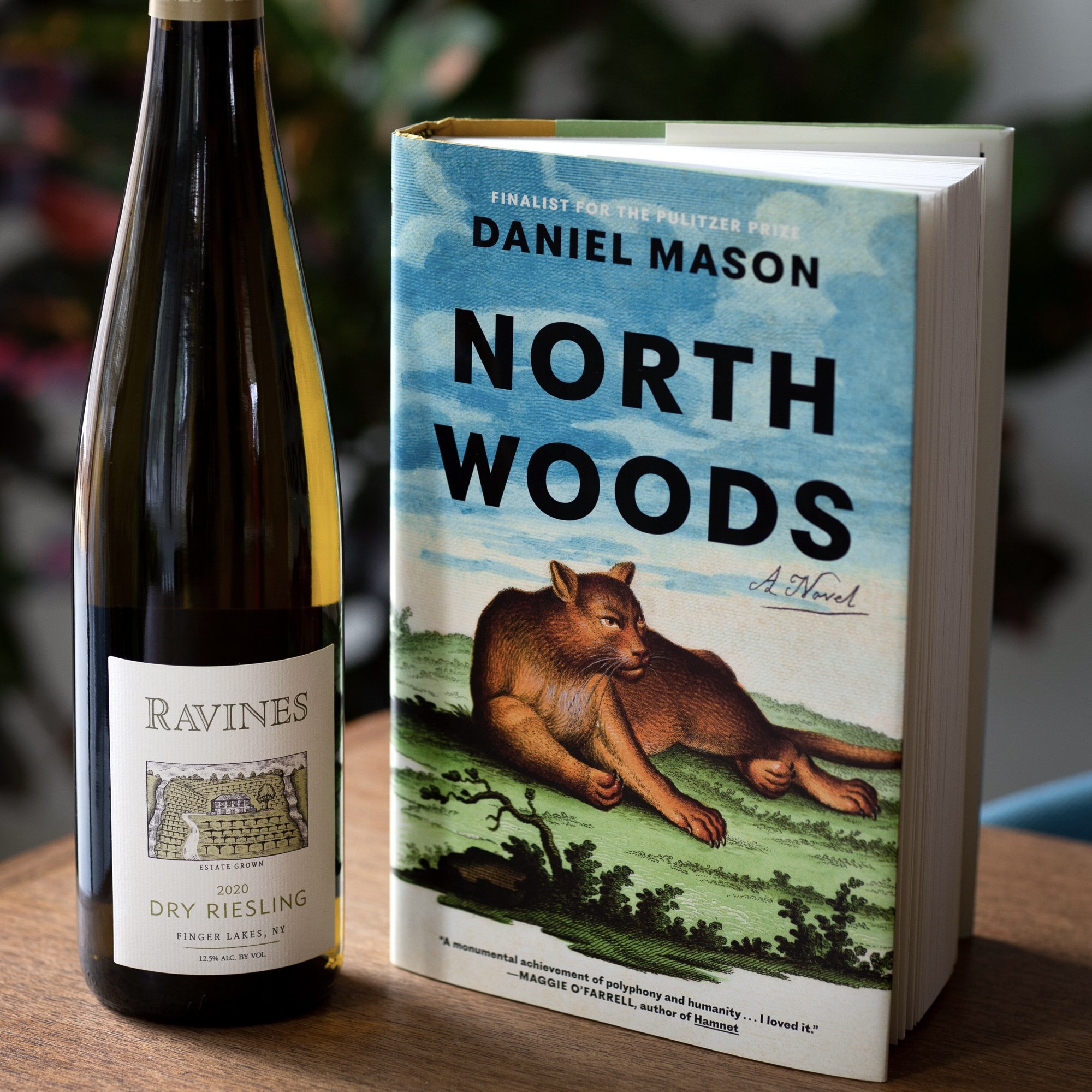

 Broadly, this novel is about a home in New England and all of its inhabitants from colonial times to the present day. It’s filled with evocative language, imaginative characters and delightful surprises – and it’s one of the best books I’ve read in years. While the story is dark at times, it’s also humorous and hopeful.
Broadly, this novel is about a home in New England and all of its inhabitants from colonial times to the present day. It’s filled with evocative language, imaginative characters and delightful surprises – and it’s one of the best books I’ve read in years. While the story is dark at times, it’s also humorous and hopeful.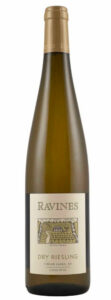
![[C] Von Buhl Pfalz Sekt NV](https://www.france44.com/wp-content/uploads/2024/04/4080248790.jpg)
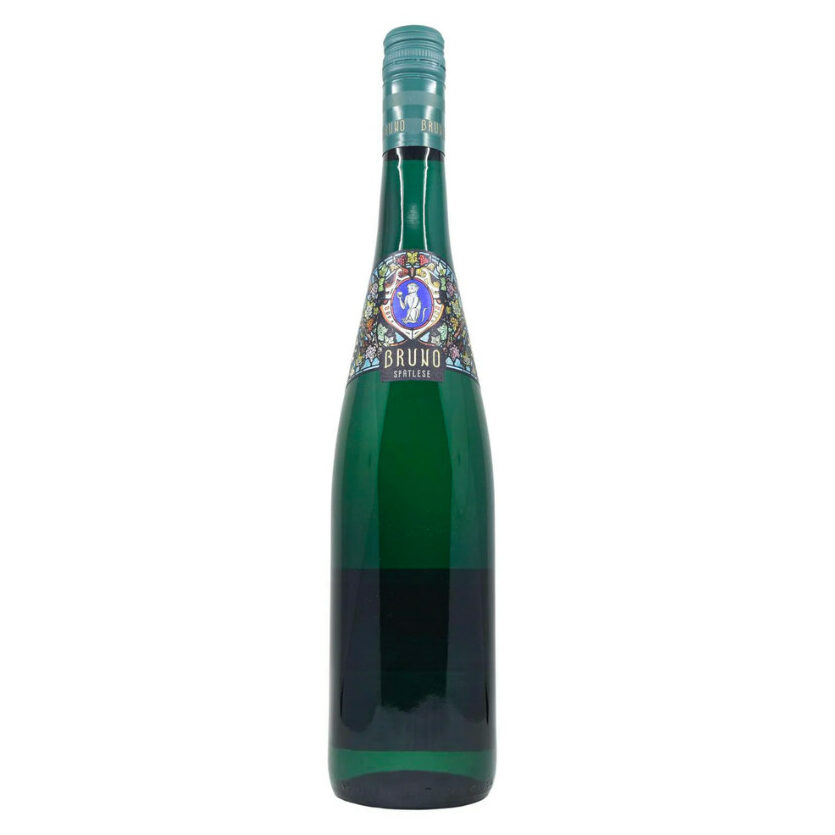
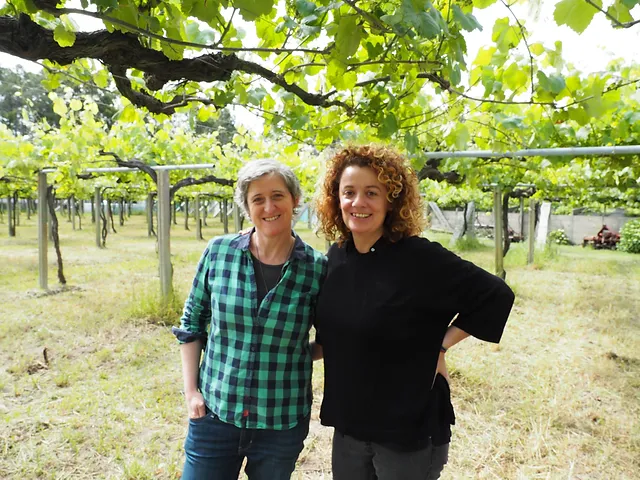
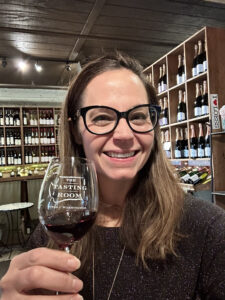

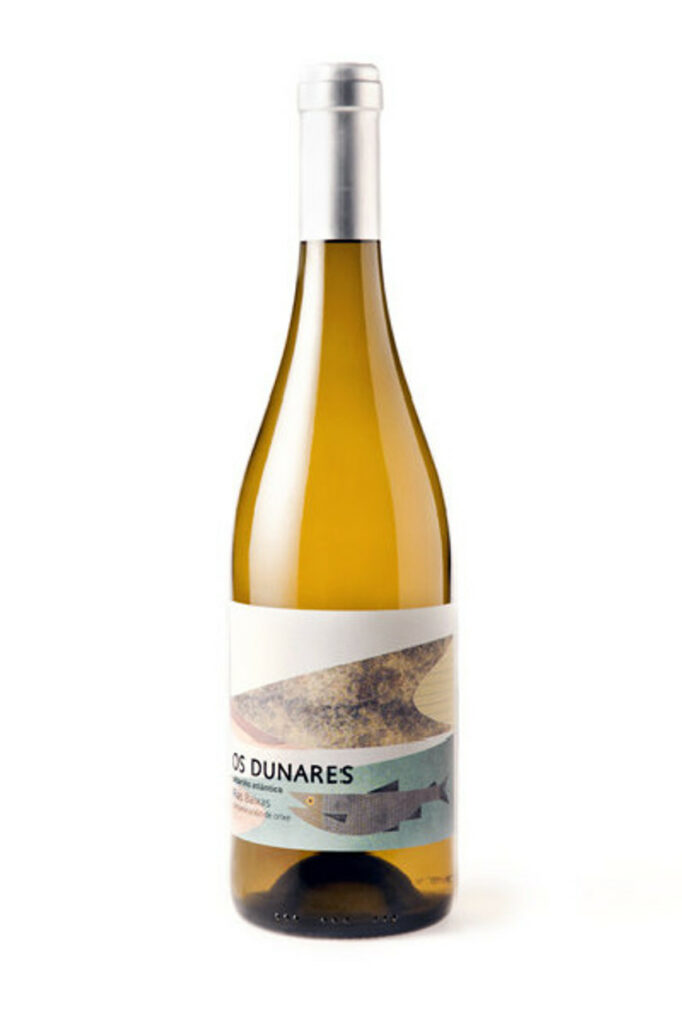

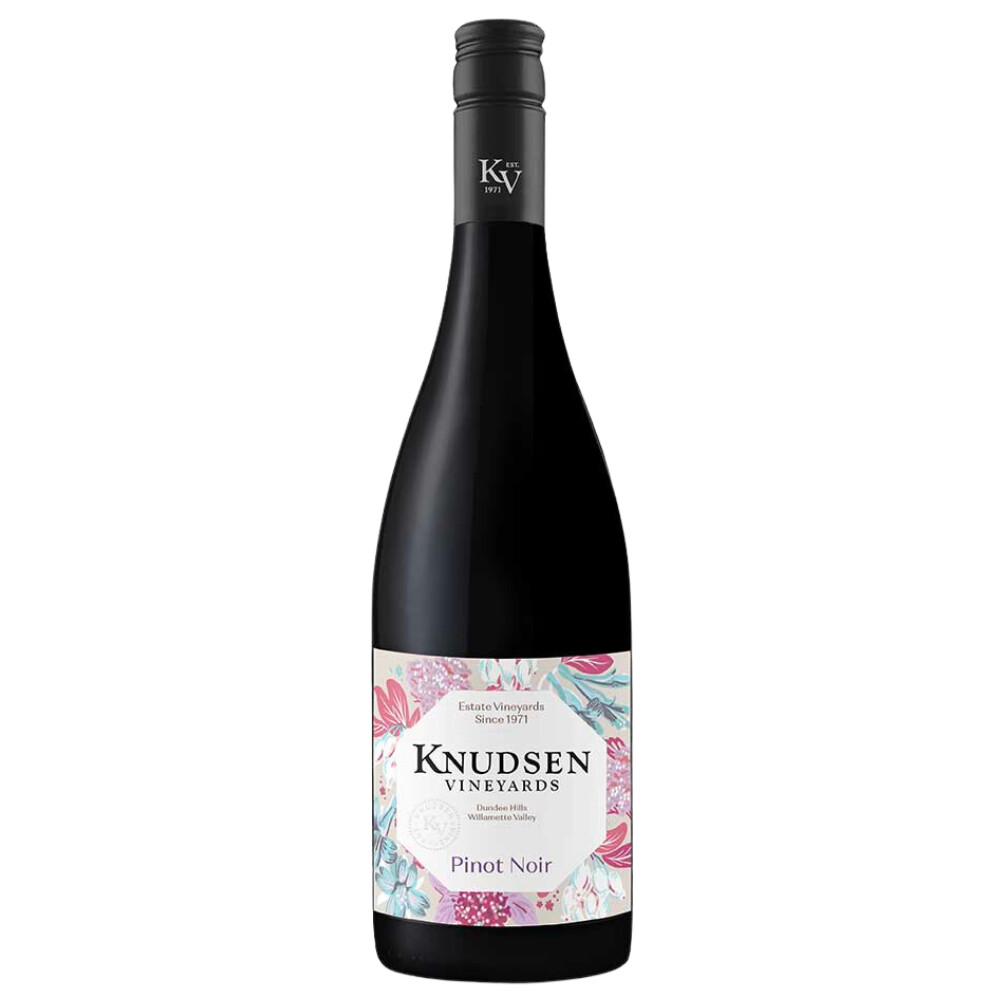

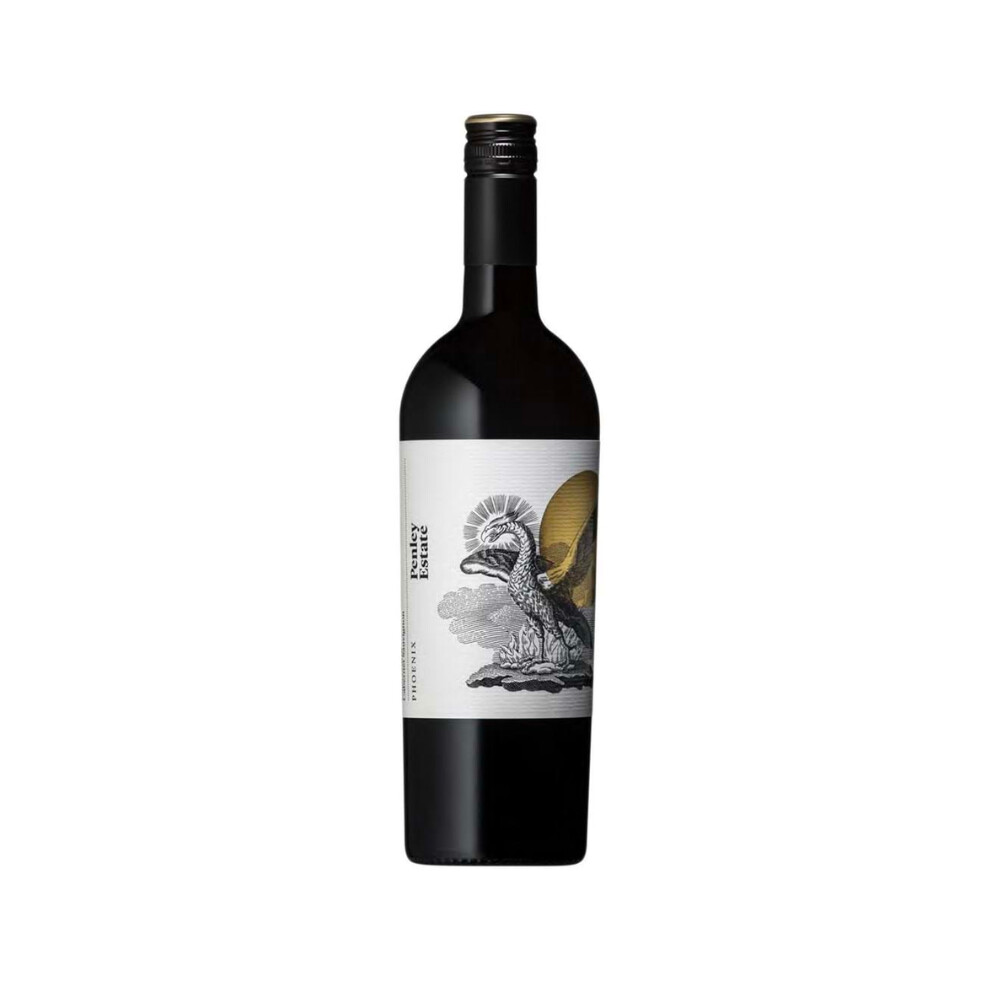
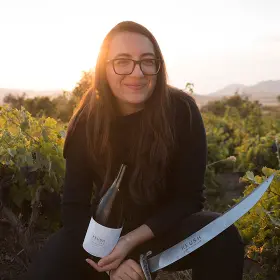
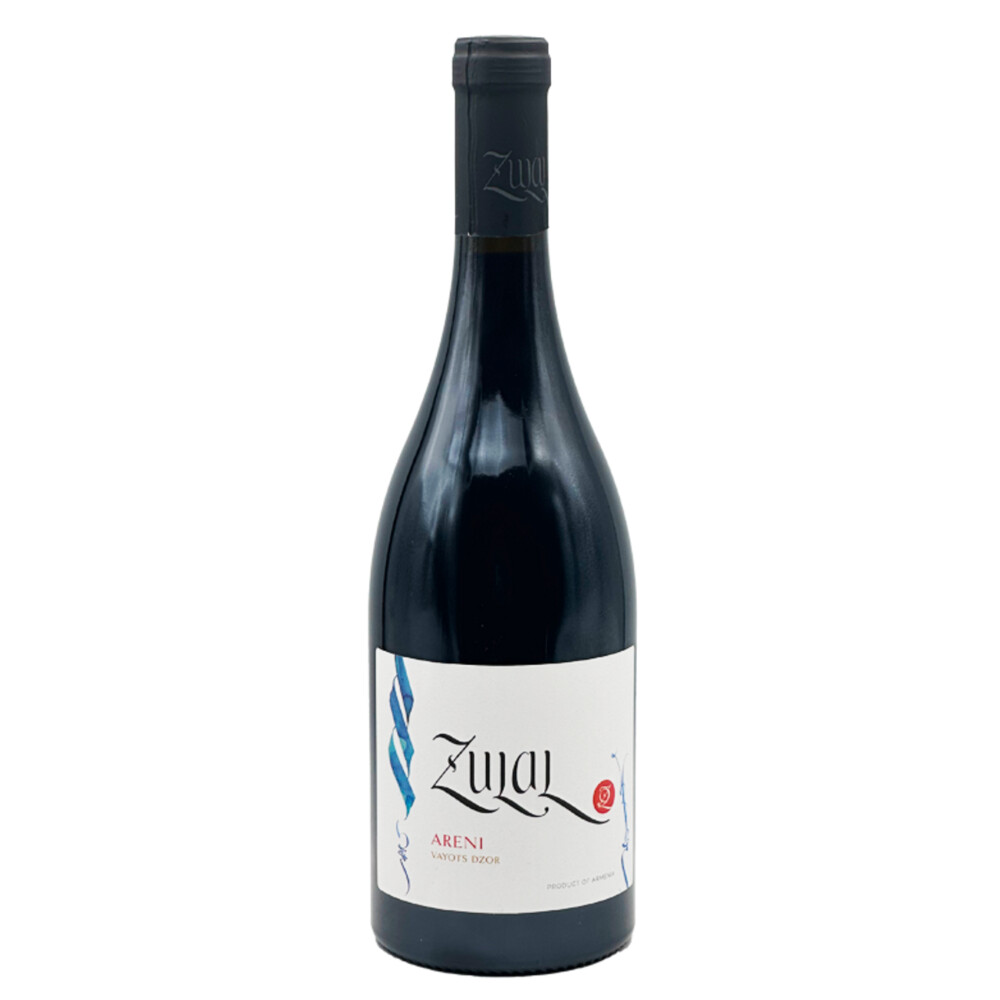
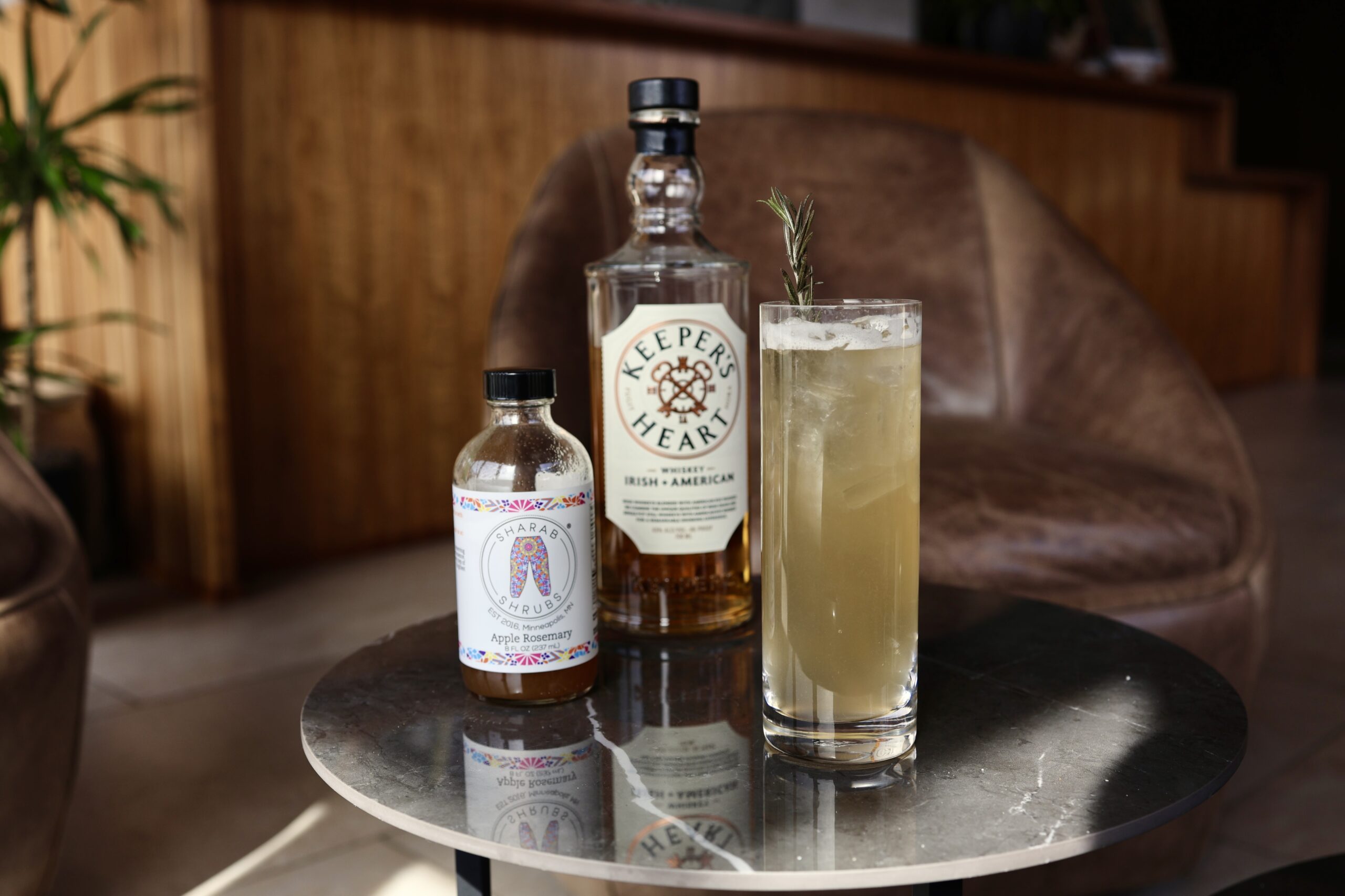


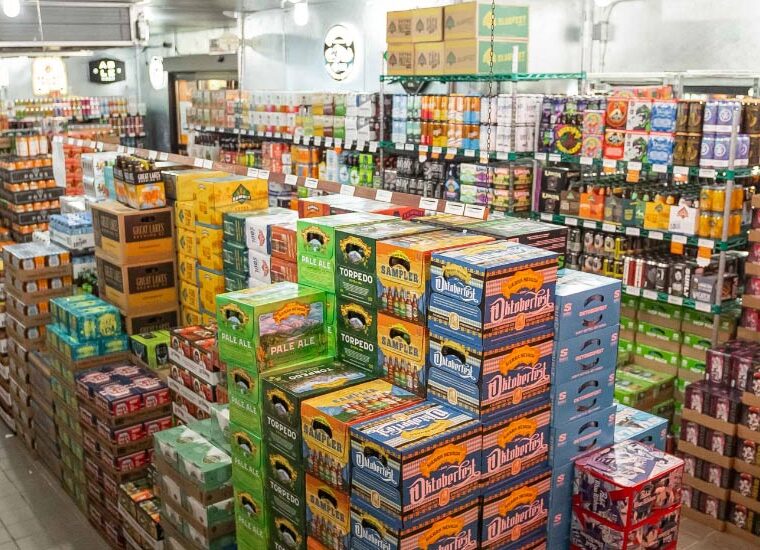
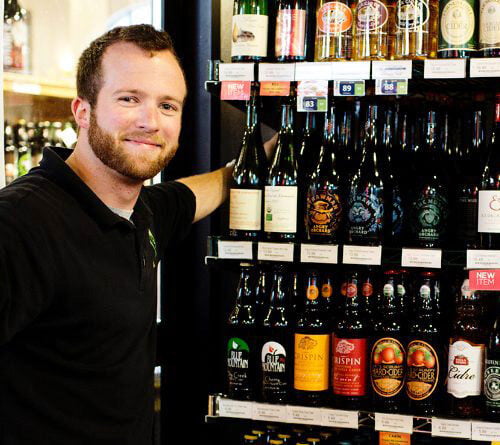 Around the time I took my first shifts in the beer cooler was a particularly exciting time in the Minnesota craft beer scene. The recently passed “Surly Bill”, which allowed distributing breweries to sell their beer on-premise, opened the floodgates for new local craft breweries to plant their roots.
Around the time I took my first shifts in the beer cooler was a particularly exciting time in the Minnesota craft beer scene. The recently passed “Surly Bill”, which allowed distributing breweries to sell their beer on-premise, opened the floodgates for new local craft breweries to plant their roots.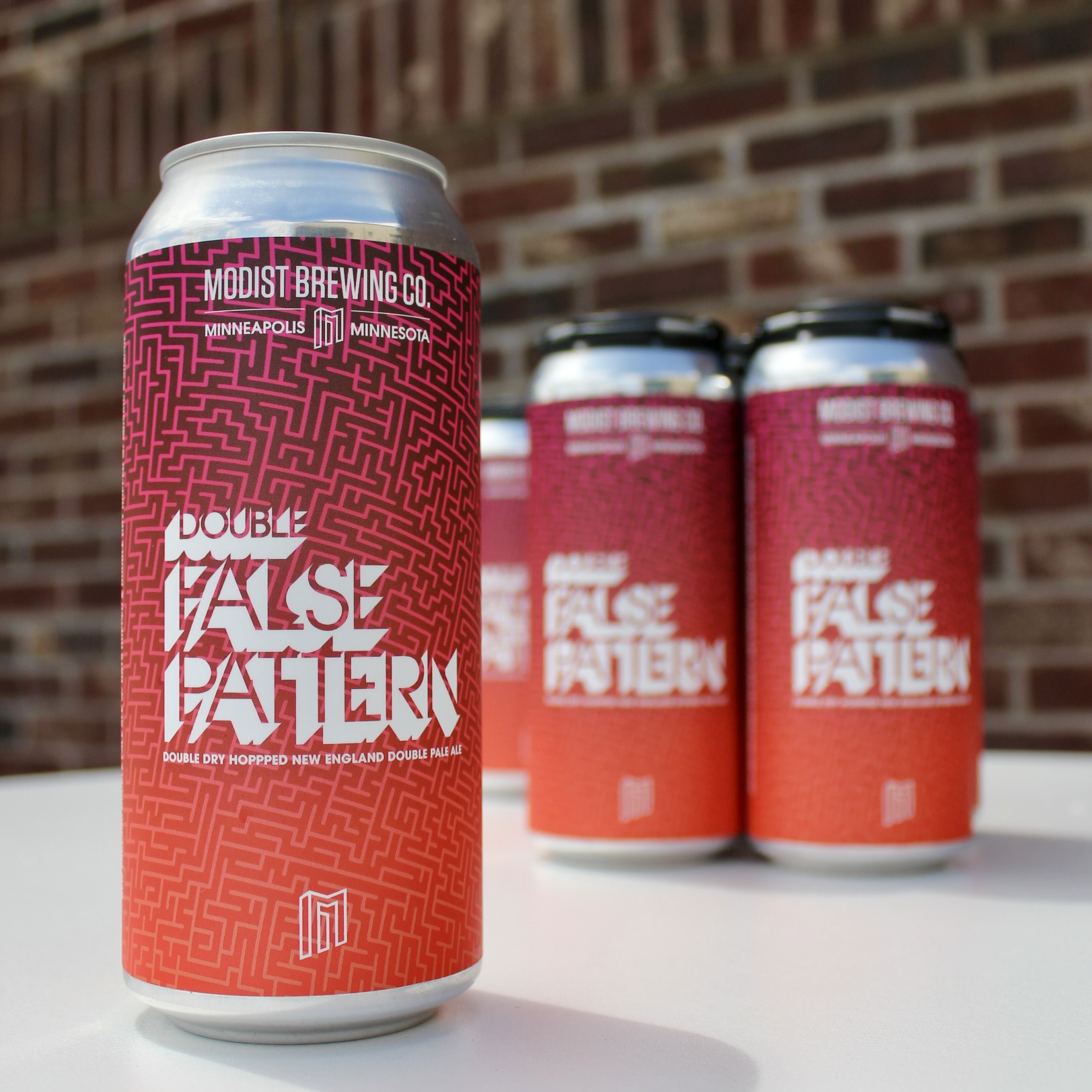 The “haze craze” was born, as hazy IPAs quickly became the hottest-selling beer style in our cooler. People who once lined up for stout releases turned to “truck chasing”: tracking down the freshest, juiciest, most-limited IPA drops from breweries like BlackStack, Drekker and Junkyard. Funny example, our Junkyard delivery driver would post his delivery route on Instagram, and by the time he arrived we’d have a crowd waiting to buy their beer. Genius! It was so crazy I actually had people actually grab beer out of my hands as I tried to keep the shelves stocked.
The “haze craze” was born, as hazy IPAs quickly became the hottest-selling beer style in our cooler. People who once lined up for stout releases turned to “truck chasing”: tracking down the freshest, juiciest, most-limited IPA drops from breweries like BlackStack, Drekker and Junkyard. Funny example, our Junkyard delivery driver would post his delivery route on Instagram, and by the time he arrived we’d have a crowd waiting to buy their beer. Genius! It was so crazy I actually had people actually grab beer out of my hands as I tried to keep the shelves stocked.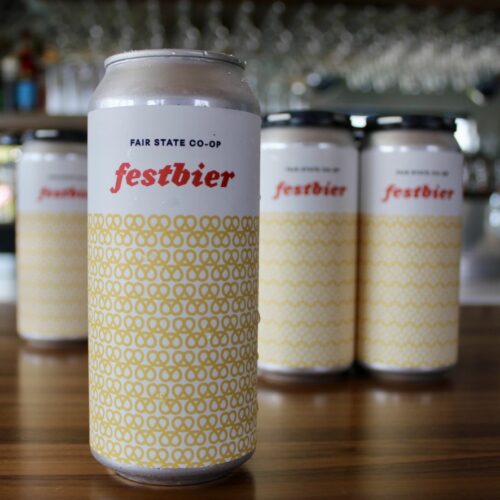 It has never been tougher to decide what to stock our shelves with. Amongst the beer available to us there is a bit of amazing, a lot of great, and a sea of good, acceptable or worse. Our goal is to offer the freshest selection of the best quality beer we can provide. Although we make these decisions as a team, we rely on guidance from the most important people, our customers. Sharing your tastes and feedback with us is invaluable in shaping our selection and helps us best support the breweries that you want to thrive.
It has never been tougher to decide what to stock our shelves with. Amongst the beer available to us there is a bit of amazing, a lot of great, and a sea of good, acceptable or worse. Our goal is to offer the freshest selection of the best quality beer we can provide. Although we make these decisions as a team, we rely on guidance from the most important people, our customers. Sharing your tastes and feedback with us is invaluable in shaping our selection and helps us best support the breweries that you want to thrive.